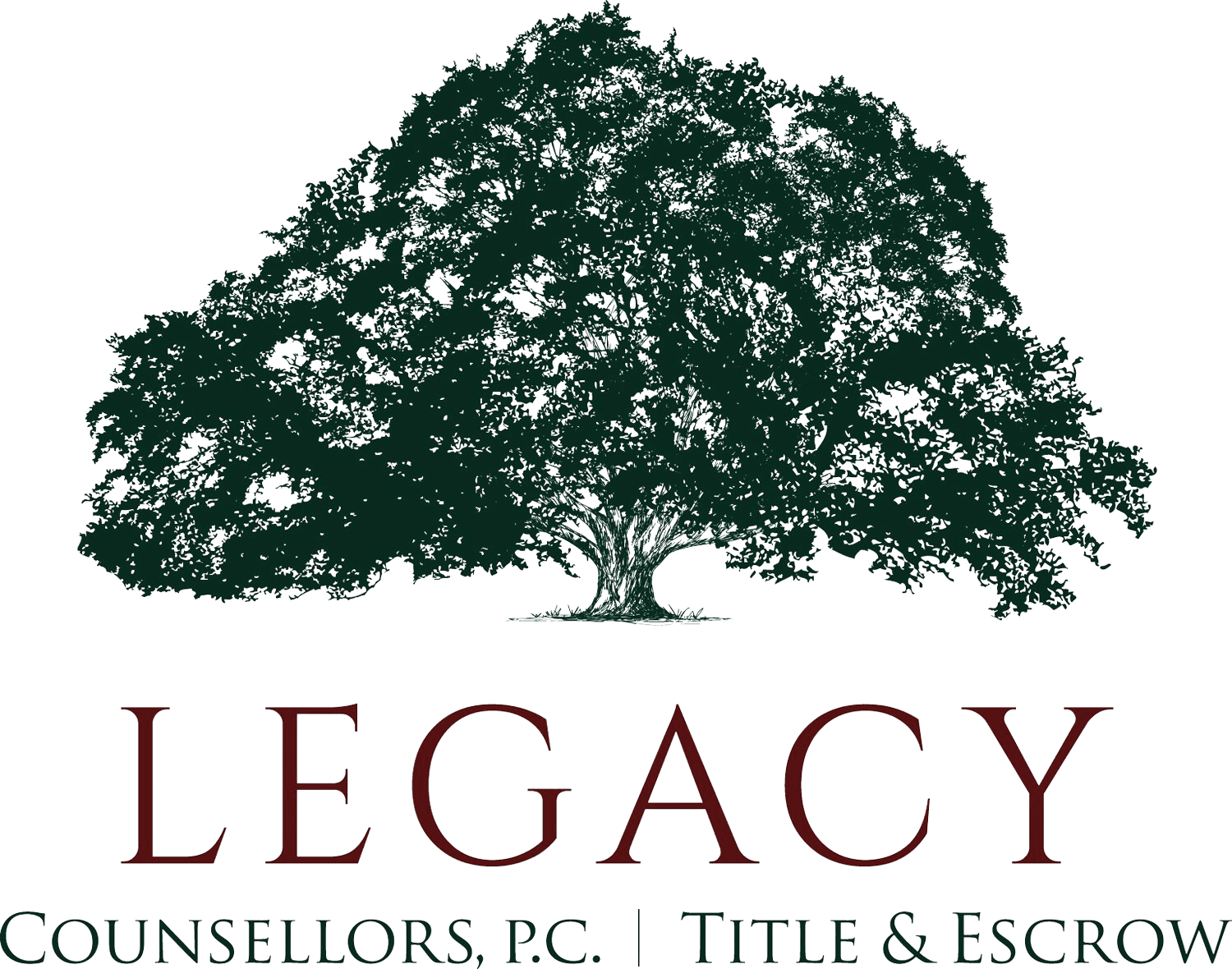Probate and estate administration are the processes through which estate assets are transferred after death. When probate avoidance planning has not been implemented prior to death, the state will require a probate court proceeding if the decedent individually owned assets in the state at the time of their death. Probate can be supervised or unsupervised. In an unsupervised probate, the appointed estate administrator manages assets, pays any debts, files required tax returns and various court documents, and distributes the estate assets. However, the court may at any time require the process to be supervised (usually when someone expresses concern about the estate administration). In a supervised probate, the probate judge must approve every detail of the estate administration.
Probate Avoidance
Because probate can be a lengthy, costly, and public process, many people choose to avoid it. There are a number of legal strategies that will allow you to pass property to another person after death, without going through probate.
- Revocable Living Trust. A Revocable Living Trust is a legal document that allows you to establish a separate entity (the trust) to "hold" legal title to your assets while you are alive, and to name trustees to manage those assets according to the trust terms. Typically, you serve as the trustee while you are alive, managing your assets for your own benefit. Upon your disability or death, the trust terms appoint your successor trustee who then continues to manage -- or distribute -- the assets held in trust. A properly drafted trust can accomplish many goals, including guardianship and probate avoidance for your estate and bloodline, marital, and creditor protection for your children.
- Joint Tenancy & Tenancy by the Entirety. Adding another person to your assets as a joint owner or "joint tenant with rights of survivorship" will allow your property to pass to them upon your death without going through probate. However, there are pitfalls to this strategy, that include subjecting such assets to any claims (such as lawsuits) against the co-owner and making them available to the co-owner's creditors -- all while you are still alive and planning on using the assets yourself.
- Beneficiary Designations. Transfer on Death (TOD) or Pay on Death (POD) beneficiary designations may be added to bank accounts. Beneficiary designations like these are preferable to joint tenancy in that they allow you to transfer property only upon your death without giving away current ownership. However, one of the drawbacks is that it can be difficult to obtain an equitable distribution of property among your heirs by utilizing beneficiary designations. Additionally, it is important to understand that if you have beneficiaries listed on your assets, those assets will be distributed upon your death to the listed beneficiaries, even if your last will and testament states otherwise.
Trust Administration
A properly drafted and funded trust will generally avoid probate. The trust need not be filed with the probate court. Nonetheless, there are still steps necessary to administer the trust: beneficiaries must be contacted; assets must be gathered, valued, and managed; potential creditors must be notified; debts, taxes, and final expenses must be paid; and, ultimately, any remaining income and assets must be distributed in compliance with the trust terms. Successor trustees often lack the time, resources, or knowledge to personally administer the trust, and therefore may call upon legal, accounting, and investment professionals for assistance. We can help your successor trustee(s) deal with the complexities of administering your trust.
Please call our office and we will be happy to schedule a consultation, whether or not our office has drafted the original trust.
